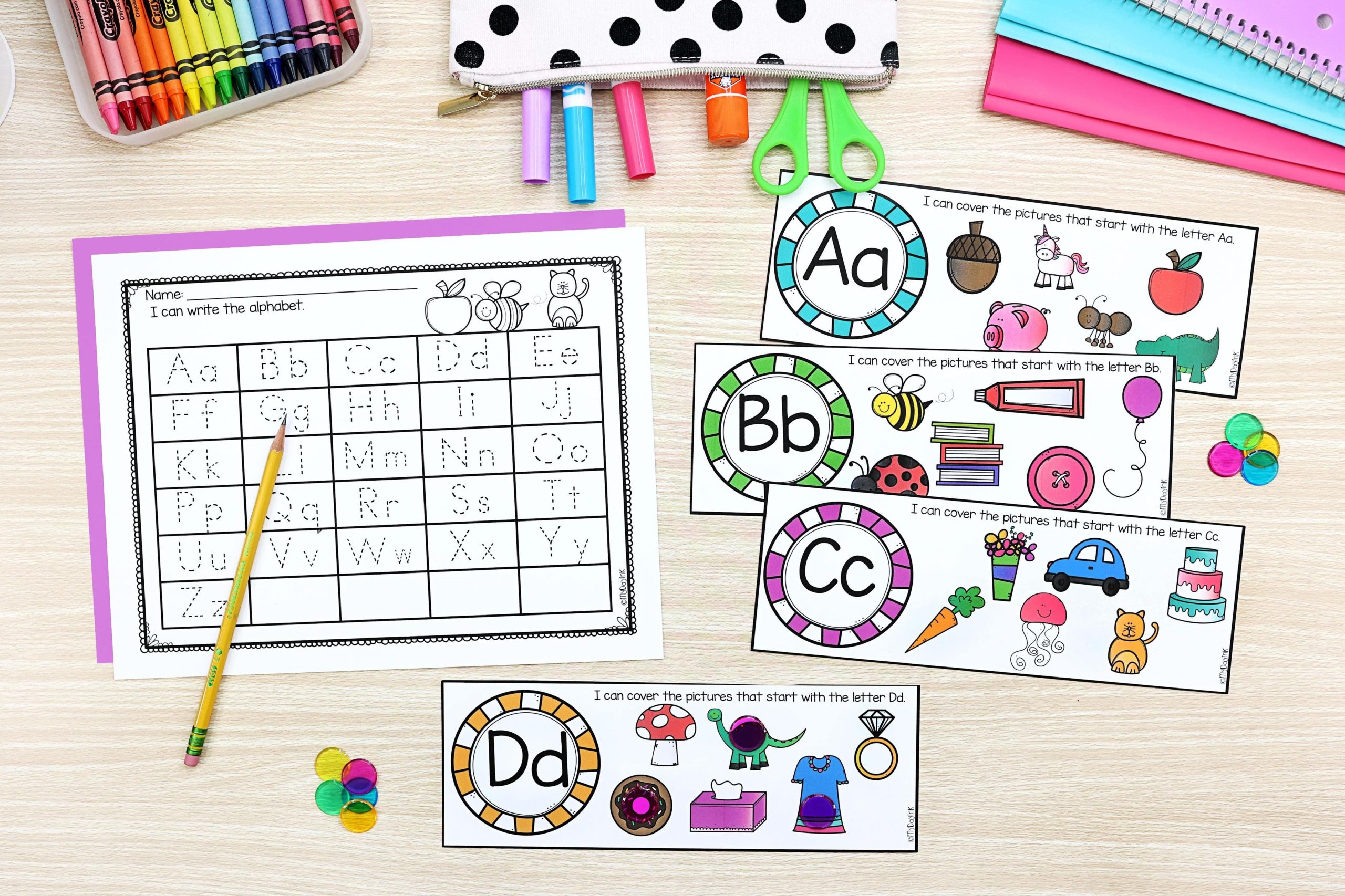As educators, we know that not all students work at the same pace. Some students finish their assignments with time to spare. These fast finishers are often a challenge in the classroom setting—how do we keep them engaged and learning without disrupting others or moving ahead too quickly? Purposeful fast finisher activities come into play here. They provide meaningful, self-directed tasks that allow for enrichment and challenge.
One key to successful fast finisher activities is to make sure they are purposeful and align with the learning objectives of the classroom. Activities such as reading a book, writing in a journal, or working on a passion project are great ways to keep students learning. Another fantastic option is to have a range of brain teasers or logic puzzles available which can cater to different levels of ability and interest.
Additionally, technology offers numerous possibilities for self-paced learning; educational apps and websites can adapt to the individual level of each student and present material that is suitably challenging. This personalized approach ensures each student is engaged in meaningful learning even after they have completed their assigned work.
Creating opportunities for peer tutoring can also be beneficial. Fast finishers can reinforce their understanding by helping classmates, which promotes a community of learning within the classroom and is valuable for both parties involved.
Ultimately, it’s vital that these activities aren’t busy work but provide value to students’ education. Project-based tasks that connect with broader themes or upcoming units can be effective. This not only fosters deeper understanding but also keeps students excited about what’s next in their educational journey.
In conclusion, proper planning for purposeful fast finisher activities can significantly enhance the learning experience. It requires thoughtful setup and occasional monitoring, but it’s worth it when all students are engaged productively at their own pace, making every moment in the classroom count toward meaningful education.





